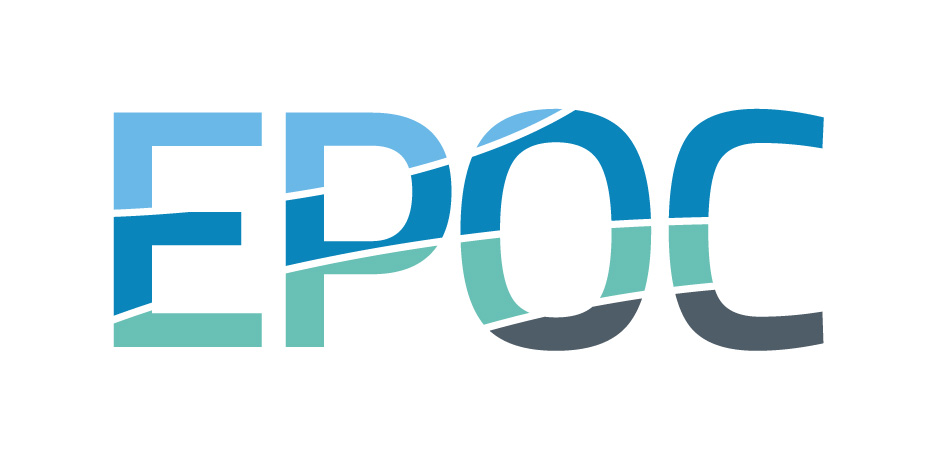
|
UMR CNRS 5805 EPOC
Environnements et Paléoenvironnements Océaniques et Continentaux |
English Version |
| AccueilEvénementsRecrutementsAccèsLiensPlan du Site | |
| > Evénements > Informations | |
|
Consignes de Sécurité et Numéros d'Urgence
(à l'usage des personnels du laboratoire) |
Séminaire Heavy metals in two important Cuban rivers Date le 25-11-2011 à 11:00
Résumé It will be about the distribution of heavy metals in two important Cuban rivers. Pollutant levels in sediment and in living organisms and its relationships are evaluated in both rivers.The Almendares River watershed covers a large portion of Havana, Cuba and is centrally important to both recreational and other activities in the region. The heavy metal levels in the river are moderately high, but vary widely among sampling stations. Although an entire inventory of pollutant inputs has not been completed, major pollutant sources have been identified (e.g., the Mordazo River, the smelter in Cotorro town, and the “Calle 100” landfill) and them should be given first attention in remediation efforts. The accumulation of heavy metals in living organisms, mainly Eichhornia crassipes (aquatic macrophyte), proves useful information for identifying bioavailable metals in the Almendares River. On the other hand, the talk also will summarize results from a field study on total mercury levels (THg) in sediments and THg bioaccumulation in Clarias gariepinus as an indicator of Hg pollution below a large chlor-alkali plant located on the Sagua la Grande River, Cuba. This study was motivated by concern over elevated THg levels in sediments, moreover, Clarias gariepinus is used by many residents as a food source. THg levels in fish tissues are below local recommended levels for fish consumption, but it often exceeds recommended levels for vulnerable people, which include frequent fish consumers. |
|
UMR CNRS 5805 EPOC - OASU - Université de Bordeaux Allée Geoffroy Saint-Hilaire - CS 50023 - 33615 PESSAC CEDEX - FRANCE | Dernière mise à jour : 6 Janvier 2025 | Contacts | Mentions Légales | © 2006-2025 EPOC | |